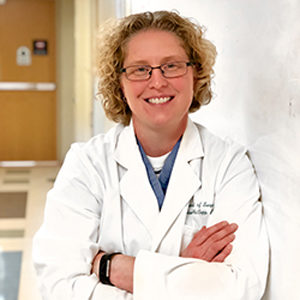
What is the Gallbladder and what does it do?

The gallbladder is a small organ, sitting under the liver, with the main purpose of storing and releasing bile – the fluid your liver produces to help digest fats.
Prior to eating, your gallbladder is full of bile and as you begin to eat, it receives a signal to release the stored bile. The bile navigates its way to the largest bile duct through to the duodenum – the first part of your small intestine where it waits to be mixed with food to aid digestion.
What could cause gallbladder problems?
There are several conditions that may cause gallbladder issues including:
- Gallstones – these pebble-like stones are made of bile material that develops in the gallbladder or bile ducts. These could range from the size of a grain of sand to the size of a golf ball.
- Gallstone Pancreatitis – occurs when the pebble-like stones block the pancreatic duct before going into the small intestine.
- Cholecystitis – occurs when a gallstone blocks bile from leaving the gallbladder causing inflammation, fever and potential surgery to resolve.
- Gallbladder Cancer – could cause pain in the upper right abdomen, however pain related to this issue could occur from another condition.
What could be a sign or symptom of gallbladder issues?
With signs and symptoms varying, it could be difficult to know you have a gallbladder issue. Symptoms may include upper right and upper-mid abdominal pain (which could radiate to the shoulder or back), pain after eating fatty foods, yellowing of the skin, nausea, vomiting, chills or fever and light brown urine.
What are treatment options for gallbladder issues?
With the gallbladder not being an essential organ, most gallbladder problems are treated by removing the gallbladder with a surgical procedure called Cholecystectomy. This procedure results in the bile flowing from the bile ducts directly into the intestines, instead of the gallbladder.
The most common gallbladder procedure is a Laproscopic cholecystectomy where the surgeon operates through a few small incisions, which may result in less recovery time, less pain and minimal scarring.
Open cholecystectomy is a procedure where the surgeon operates through a larger incision and is typically recommended if your gallbladder is severely scarred or inflamed.
What should I expect after gallbladder surgery?
Though the gallbladder is not essential, it is helpful in the digestion of fatty foods. After the procedure, you will want to avoid greasy and fatty foods and try to slowly introduce more high-fiber foods – nuts, seeds, vegetables, and whole grains. Bloating and gas can occur if you eat the high-fiber foods too quickly.
Call 606-638-3813 for an appointment. Or self-schedule an appointment online here.
Patient results may vary. Consult your doctor about the benefits and risks of any surgical procedure or treatment.
ASSOCIATED CARE
ASSOCIATED PROVIDERS
ASSOCIATED LOCATIONS
2483 Hwy 644
Suite 203
Louisa, KY 41230
Directions >>>